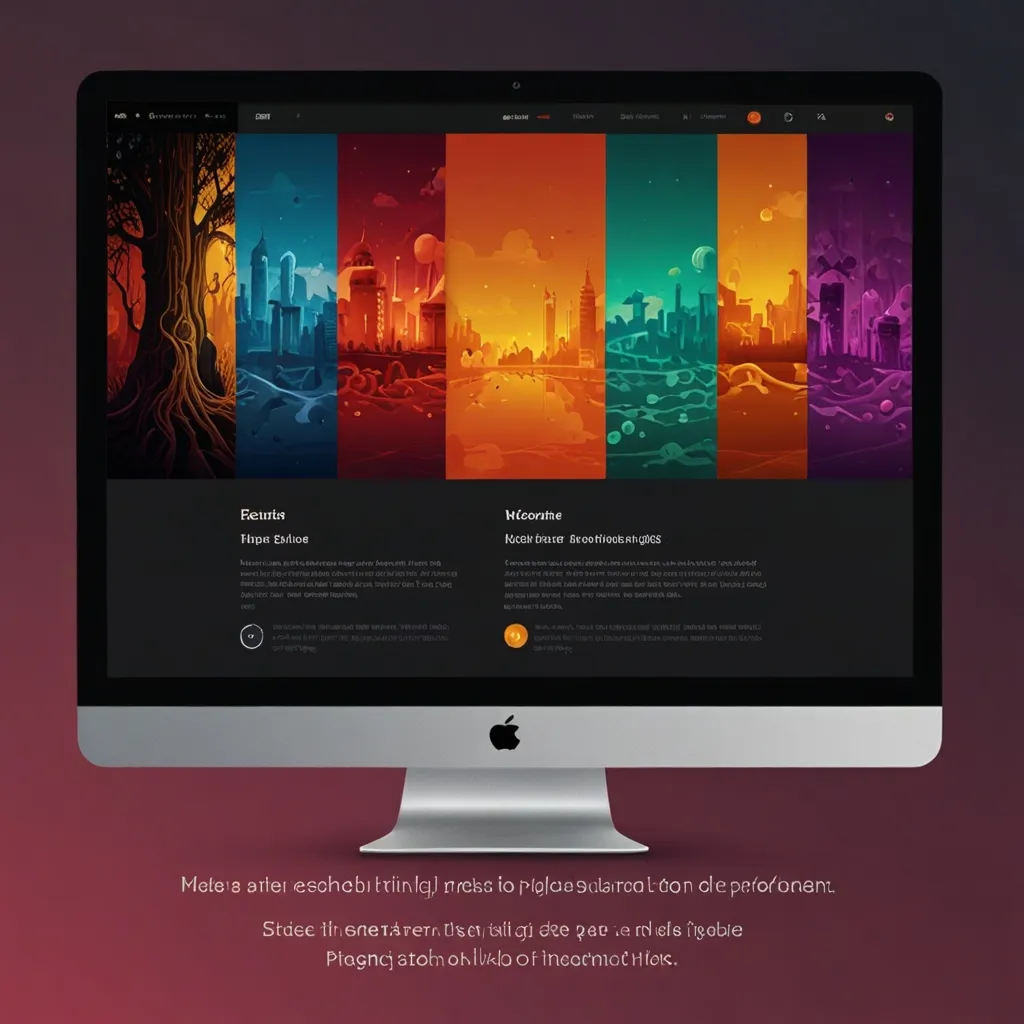Jinja2 is a total game-changer when it comes to making dynamic web content or generating text files packed with the good stuff. This templating engine is a real powerhouse for Python enthusiasts. It’s all about keeping your presentation logic separate from the application logic, which can be a big deal when managing complex web applications. Let’s dive into the magical world of Jinja2, exploring its key features, its uses, and some tips to get the most out of it.
So, what exactly is Jinja2? Simply put, it’s a super-fast, expressive, and extensible templating engine that meshes seamlessly with Python. The beauty of Jinja2 is that it lets you create dynamic content by embedding placeholders in your templates. These placeholders can then be swapped out with real data when needed. If you’re already familiar with Python, you’ll find Jinja2 pretty intuitive because it uses a syntax that’s very Python-like.
First things first, you’ll need to install Jinja2. This is a breeze with Python’s package manager, pip. Just open your terminal and run the command: pip install jinja2. Once you’ve got it installed, you can start importing and using Jinja2 in your Python scripts.
Now, let’s talk about creating your very first Jinja template. It’s easier than you might think. Imagine you want to greet someone; you can set up a simple template like this:
from jinja2 import Template
template = Template('Hello, {{ name }}!')
output = template.render(name='John Doe')
print(output) # Output: Hello, John Doe!
Here, {{ name }} acts as a placeholder in the template which will be replaced by ‘John Doe’ when rendered.
Now, Jinja2’s syntax is very friendly if you’re used to Python. You can write conditional statements, loops, and more within your templates.
Conditional statements allow you to change your content depending on the conditions you set. For instance, you can display a different message based on whether a user is an admin:
{% if user.is_admin %}
<p>Welcome, Admin!</p>
{% else %}
<p>Welcome, {{ user.name }}!</p>
{% endif %}
Loops are another great feature. If you want to iterate over a list of items, say users, you can do it like this:
<ul>
{% for user in users %}
<li><a href="{{ user.url }}">{{ user.username }}</a></li>
{% endfor %}
</ul>
For those moments when you find yourself repeating code, macros come to the rescue. They allow you to define reusable blocks of code. For instance, you can create a macro for navigation links and use it wherever you need:
{% macro nav_link(url, text) %}
<a href="{{ url }}">{{ text }}</a>
{% endmacro %}
<nav>
{{ nav_link('/home', 'Home') }}
{{ nav_link('/about', 'About') }}
{{ nav_link('/contact', 'Contact') }}
</nav>
Beyond the basics, Jinja2 offers some advanced features that really ramp up what you can do with your templates.
Template inheritance is one of these cool features. It lets you create a base template and extend it across multiple child templates. This can help maintain a consistent layout across your site. Check out this example:
<!-- base.html -->
<!DOCTYPE html>
<html>
<head>
<title>{% block title %}{% endblock %}</title>
</head>
<body>
<header>
<nav>
<!-- Navigation links -->
</nav>
</header>
<main>
{% block content %}{% endblock %}
</main>
</body>
</html>
<!-- child.html -->
{% extends "base.html" %}
{% block title %}Members{% endblock %}
{% block content %}
<ul>
{% for user in users %}
<li><a href="{{ user.url }}">{{ user.username }}</a></li>
{% endfor %}
</ul>
{% endblock %}
In this scenario, child.html uses base.html as its blueprint and just fills in the title and content blocks with specific details.
Filters are another handy feature that lets you modify the value of variables on the fly. For example, you can use the upper filter to change text to uppercase:
<p>Hello, {{ name | upper }}!</p>
If name is “John Doe”, this snippet will output “Hello, JOHN DOE!“.
Security is a big part of web development, and Jinja2 helps with features like autoescaping. This feature can protect your site against cross-site scripting (XSS) attacks by automatically escaping HTML characters in user inputs. You can enable autoescaping like this:
{% autoescape true %}
<p>Hello, {{ name }}!</p>
{% endautoescape %}
With this, any HTML within the name variable is safely escaped, preventing malicious scripts from running.
Jinja2’s versatility is clear, especially when used in combination with popular Python web frameworks like Flask and Django.
Flask, for example, has built-in support for Jinja2. You can render a Jinja template in a Flask app quite easily:
from flask import Flask, render_template
app = Flask(__name__)
@app.route('/')
def index():
users = [{'url': '/user1', 'username': 'User1'}, {'url': '/user2', 'username': 'User2'}]
return render_template('index.html', users=users)
if __name__ == '__main__':
app.run()
In this app, render_template is handy for rendering index.html with user data.
Django has its own templating engine but can also support Jinja2. To set up Django to use Jinja2, you need to tinker a bit with the settings:
TEMPLATES = [
{
'BACKEND': 'django.template.backends.jinja2.Jinja2',
'DIRS': [os.path.join(BASE_DIR, 'templates')],
'APP_DIRS': True,
'OPTIONS': {
'environment': 'jinja2.Environment',
},
},
]
This configuration guides Django in using Jinja2 for templating.
Best practices can make your life easier when working with Jinja2. One key tip is to keep your logic in the backend. Although Jinja2 lets you include complex logic in your templates, it’s smarter to handle most logic on the backend. This approach keeps your code maintainable and easier to debug.
Macros are amazing but don’t go overboard with them. Use macros sparingly to avoid cluttered templates that are harder to follow and maintain.
Jinja2 also makes debugging less painful by offering detailed error messages that pinpoint the exact line with the issue. However, it’s always wise to thoroughly test your templates to catch any problems early.
In conclusion, Jinja2 is an invaluable tool for Python developers looking to create dynamic web content efficiently. Its user-friendly syntax, advanced features like template inheritance and macros, and seamless integration with frameworks like Flask and Django make it one of the best templating engines out there. By sticking to best practices and leveraging its powerful features, Jinja2 can elevate your web development game, whether you’re working on a small project or a large, complex application. With Jinja2 in your toolkit, you’re all set to create slick, dynamic web content like a pro.






